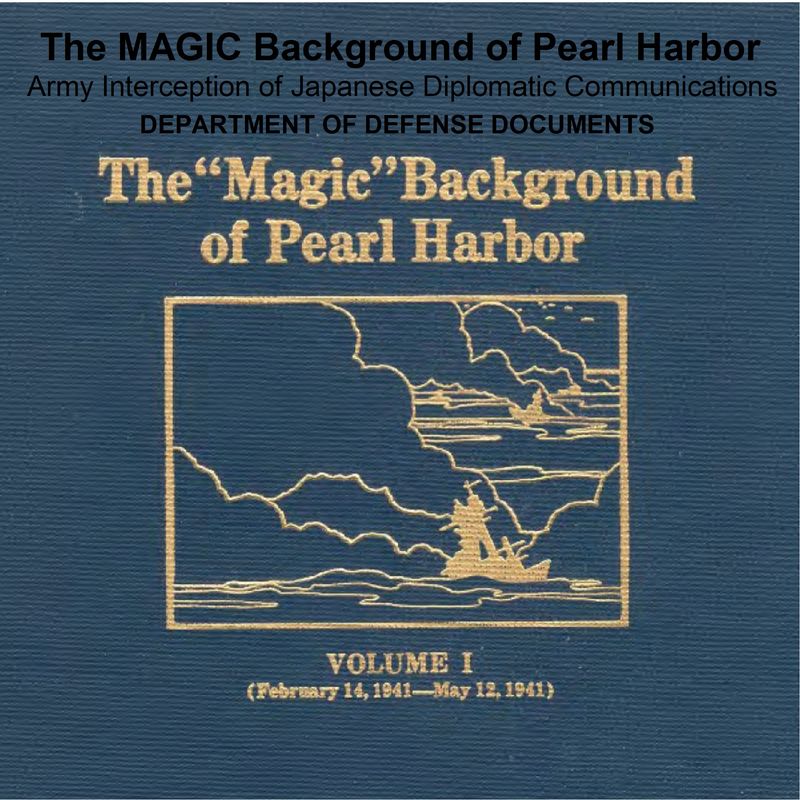
World War II: Pearl Harbor: MAGIC Army Intercepts Japanese Communications
$19.50
Description
Magic and Pearl Harbor: Declassified Intelligence
Timeline of Main Events:
- Fall 1940: United States Army cryptanalysts successfully break some of the Japanese Foreign Office’s high-grade cryptographic systems. This marks the beginning of the “MAGIC” intelligence operation.
- From Fall 1940 onward: The U.S. begins intercepting, decrypting, and translating Japanese diplomatic messages on a regular basis. This ongoing process generates a stream of highly classified information about Japanese plans, policies, and activities.
- 1941: The MAGIC program continues to provide the U.S. with intelligence. This included intelligence concerning Japanese secret plans, policies, and activities.
- Critical months before Pearl Harbor (Specific months not given): The intelligence derived from MAGIC is correlated with discussions between Secretary of State Hull and Japanese Ambassador Nomura.
- 1977: The Department of Defense releases the multi-volume study, “The MAGIC Background of Pearl Harbor,” to the public after a review of classified records under E.O. 11652, thereby declassifying intelligence the U.S. had obtained from intercepted Japanese communications during 1941.
Cast of Characters:
- U.S. Army Cryptanalysts: A group of unnamed specialists who successfully broke Japanese diplomatic codes. They are responsible for the initial success of the MAGIC program, enabling the U.S. to intercept and read Japanese communications.
- “MAGIC” Program: Not a person but an operation. This is the name given to the U.S. intelligence effort that involved the interception, decryption, and translation of Japanese diplomatic messages.
- Secretary of State Hull (Cordell Hull): A high-ranking U.S. government official. He engaged in discussions with Japanese Ambassador Nomura during the critical months before the attack on Pearl Harbor. He is a key figure in the diplomatic efforts that were taking place concurrent to the intelligence gathering.
- Japanese Ambassador Nomura (Kichisaburō Nomura): The Japanese ambassador to the United States, who was involved in diplomatic discussions with Secretary of State Hull. The study aims to connect the information garnered from MAGIC with the diplomatic discussions that Ambassador Nomura was conducting.
Key Notes from the Source:
- Focus on Diplomatic Code: MAGIC was capable of reading Japanese diplomatic codes but not military codes. This distinction is important for understanding the limitations of the intelligence gathered.
- High-Level Access: The information gleaned from MAGIC was highly classified and only made available to a select few of the highest-ranking U.S. officials.
- Declassification: The study itself and the intelligence revealed were kept secret until the Department of Defense declassified the information to the public.
- Correlation is Key: The study places an emphasis on correlating the intelligence obtained via MAGIC with the diplomatic interactions being conducted at the time.
World War II: Pearl Harbor: MAGIC Army Intercepts Japanese Communications
The MAGIC Background of Pearl Harbor: MAGIC Army Interception of Japanese Diplomatic Communications
The comprehensive 3,110-page, 8-volume study by the Department of Defense titled “The MAGIC Background of Pearl Harbor.”
By autumn 1940, cryptanalysts in the United States Army had successfully deciphered some of the most complex cryptographic systems used by the Japanese Foreign Office. This led to the ongoing interception, decryption, and translation of confidential Japanese diplomatic messages sent around the globe. The intelligence gathered from this operation, known as MAGIC, was highly sensitive and only accessible to a select group of top U.S. officials. It is crucial to understand that MAGIC was capable of decoding Japan’s diplomatic communications but not its military codes.
In 1977, the Department of Defense made this extensive multi-volume study on “MAGIC,” which pertains to the communication intelligence surrounding the Pearl Harbor incident in 1941, publicly available. The decision to declassify this intelligence followed a review of classified documents under Executive Order 11652, recognizing that releasing this information served the public interest. This study includes significant portions of the communications intelligence obtained from intercepted Japanese messages during 1941.
These volumes provide insights into Japan’s secret strategies, policies, and operations, as compiled by U.S. cryptology experts. Particular attention should be paid to key materials within this study that link the intelligence findings to conversations between Secretary of State Hull and Japanese Ambassador Nomura during the critical period leading up to Pearl Harbor.
Related products
-
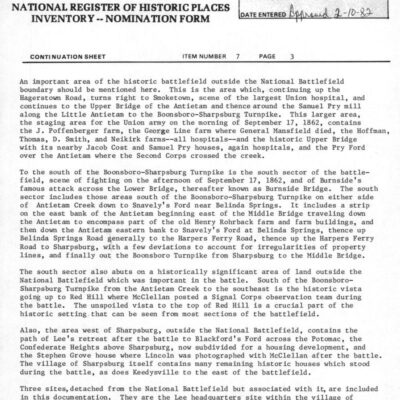
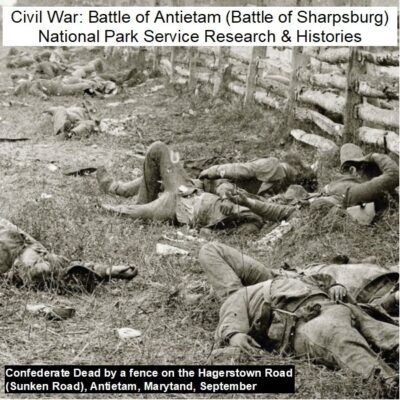
Civil War: Battle of Antietam (Sharpsburg) – National Park Service Archives
$9.99 Add to Cart -
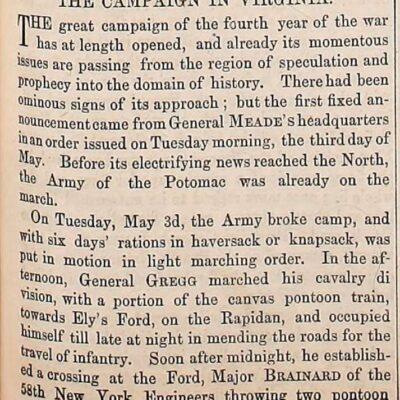
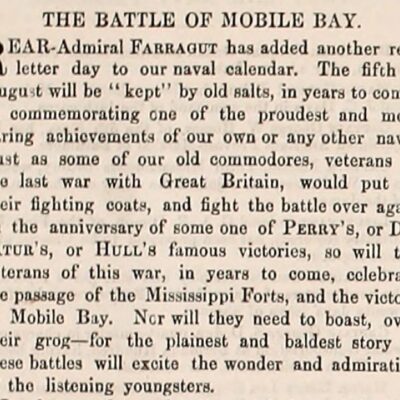
Civil War: Army Navy Journal & Gazette Volume 1 (1863 – 1864)
$19.50 Add to Cart -
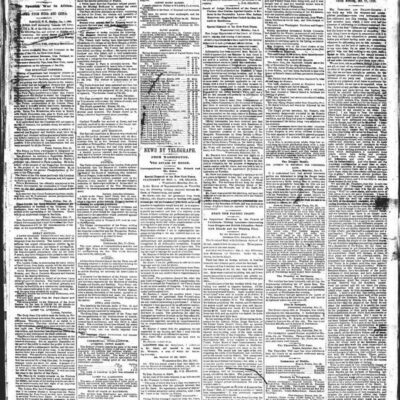
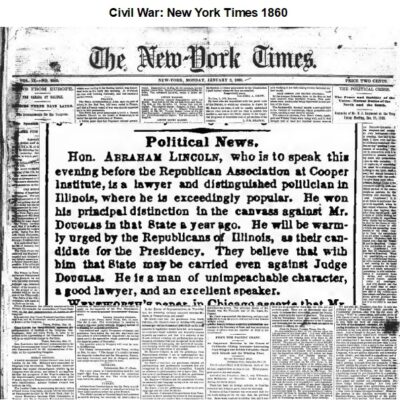
Civil War: New York Times 1860
$9.90 Add to Cart -
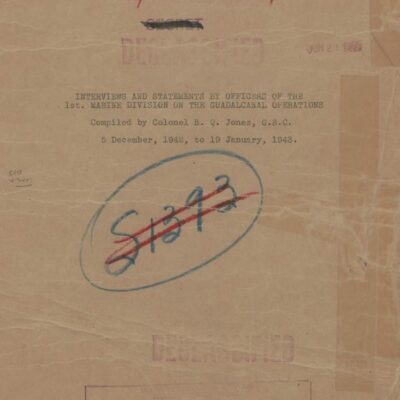
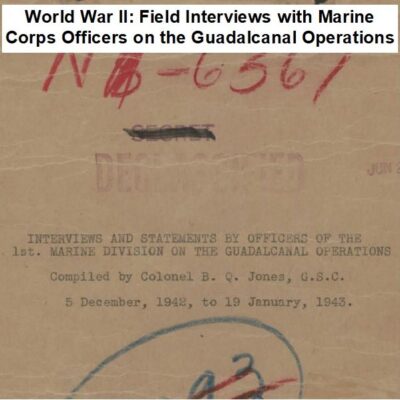
World War II: Marine Corps Officer Interviews on Guadalcanal Operations
$3.94 Add to Cart